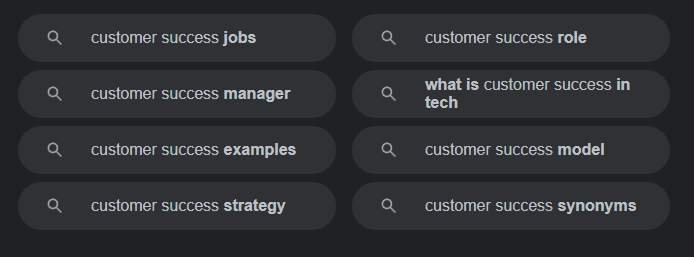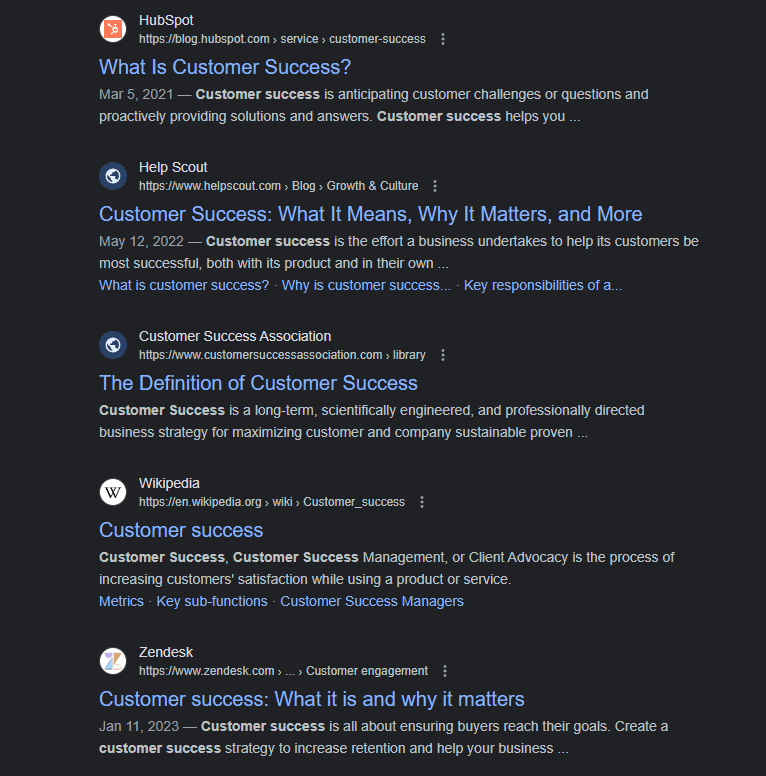
How to Optimize Your Hubspot Landing Pages for SEO
Welcome to our comprehensive guide on optimizing your landing pages for SEO in HubSpot. Creating visually appealing landing pages is essential, but driving organic traffic to them is equally crucial. In this guide, we'll show you how to optimize your landing pages for search engines by strategically using keywords, crafting compelling meta tags, and structuring SEO-friendly URLs. By implementing these best practices, you can increase your landing pages' visibility in search engine results, attract more relevant traffic, and ultimately boost conversions. Let's dive in and take your HubSpot landing pages to the top of the search rankings!
1
Make a List of Relevant Topics

Start by making a list of relevant topics connected to your products or services. These aren't keywords yet, but general topics. Aim for 5-10 topic pillars depending on your industry.
2
Fill Topic Buckets with Possible Keywords
Next, look at each topic and fill those buckets with potential keywords. For example, under the "Customer Success" topic, include specific workouts and popular search terms.
Pro Tip: Use Google's autocomplete feature to discover more keyword ideas.
3
Explore Related Searches on Google

Select one of the autocomplete keywords, then scroll down to the related searches at the bottom of the results page. Continue down this "rabbit hole" for each keyword, gathering more possibilities as you go.
4
Determine High Search Volume, Low Competition Keywords
Use a keyword research tool like Google's Keyword Ideas Tool to determine which keywords have high search volume and low competition for ranking.
5
Blend Short Tail and Long Tail Keywords
Your final list should include a mix of short tail keywords (1-2 words, higher search volume, tougher competition) and long tail keywords (3-6 words, lower search volume, easier to rank for).
6
Target Google Special Features

Check the search results page for each keyword and see if there are any Google special features (e.g., paragraph snippet, image pack). Create content using the keyword that caters to these special features.
7
Check Competitors' Ranking Keywords
Analyze competitors' websites using a keyword tool to discover which keywords they rank for, and consider targeting those keywords if relevant to your business.
Congratulations on completing our guide on optimizing your landing pages for SEO in HubSpot! By incorporating targeted keywords, compelling meta tags, and SEO-friendly URL structures, you've taken significant steps toward improving your landing pages' search engine visibility. Remember, SEO is an ongoing process, so continuously monitor and refine your landing pages to stay ahead of the competition. As you track the performance of your optimized pages, be prepared to adapt and experiment with new SEO strategies to achieve even better results. Keep delivering valuable content and exceptional user experiences to your visitors, and watch your organic traffic and conversions soar. Here's to your continued success in optimizing your HubSpot landing pages!